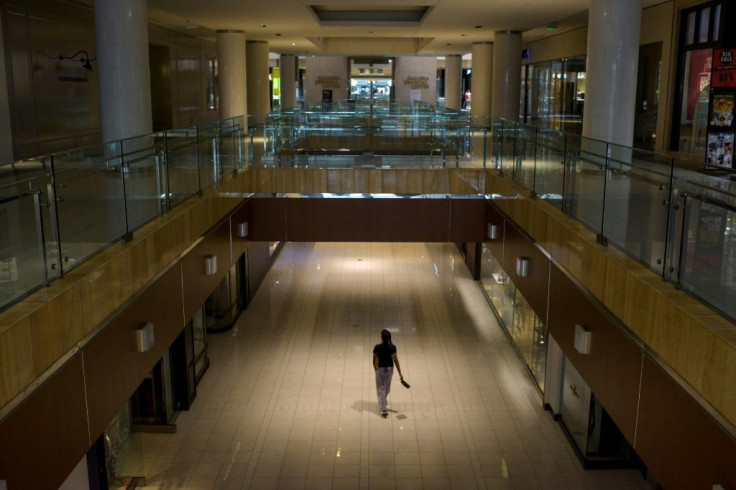Black Friday In June? Coronavirus Shutdowns Produce Discount Bonanza For Shoppers

KEY POINTS
- Retailers essentially are stuck with their spring inventories and likely will turn to deep discounts and off-price stores if they can't afford to box everything up for next year
- Retail sales for 2020 are expected to be $500 billion lower than 2019
- Outside the U.S., retailers in the United Kingdom, France, Italy and Spain are taking the hardest hits
U.S. retailers were hard hit by coronavirus pandemic closures, especially clothing retailers who essentially lost the spring season and early summer clothing sales. Outside the United States, retailers in the United Kingdom, France, Italy and Spain are expected to register the most devastating losses.
Coresight Research predicts that will mean deep discounts among U.S. retailers who cannot afford to just box up everything and save it for next year and a flood of merchandise headed for outlets and discount operations, as well as liquidators for stores that are not reopening.
“As stores begin to reopen with coronavirus lockdowns easing, retailers face a tough choice regarding what to do with their excess spring-collection inventory: If they have sufficient liquidity and wish to protect their brand, they can pack it away for next year or donate it; if not, then they can try to roll over the spring merchandise as the summer collection or find a channel in which to sell it, such as an outlet, an off-price store, a liquidator or the resale channel,” Coresight CEO Deborah Weinswig said in an analysis.
Weinswig noted discounts averaging 40% to 70% from major retailers. The result is Black Friday deals in June.
“Many retailers have elected to ‘rip off the Band-Aid’ by taking some short-term financial pain through offering hefty discounts, which should cure their inventory overhang and position them to accept next-season merchandise,” she said. “Although consumers have largely become accustomed to continuous discounting from some retailers, it is possible that this spate of unseasonal deals will lure them back into stores again.”
Neil Saunders, managing director and retail analyst for data analytics firm Global Data, predicted 2020 spending in the 50 largest retail markets to be more than $500 billion lower than 2019, with the United Kingdom, France, Italy and Spain seeing the largest loses. China is expected to see just a 0.4% decline, he said.
“Like the U.S., all countries have seen a spike in online sales and grocery retailers have outperformed as consumers started to stockpile. However, countries where consumers are very digitally enabled in terms of shopping -- like China, South Korea and Singapore -- have seen sales hold up better as retail brands quickly switched from physical to online engagement,” he said in a National Retail Federation blog post.
The pandemic has broken down the traditional retail model that allowed consumers to come and go as they pleased. Now, however, retailers are looking at ways to limit traffic, implementing appointment-based systems to keep the number of people in stores at safer levels.
Safety is seen as key to luring shoppers back.
“Shopping is more than a transaction. It is a social activity that is part of the fabric of American life, making it likely that consumers will want to return to normal shopping habits once the pandemic subsides and the economy fully reopens,” NRF chief economist Jack Kleinhenz said in his monthly economic review.
The situation has produced efficiencies that earlier could not have been imagined and will have businesses rethinking exactly how much square footage they will need.
Popular Chinese retailer Suning has products displayed on virtual shelves and a smart screen through which consumers can make their purchases while U.K. grocer Sainsbury has introduced a scanning process that allows consumers to pay instantly as they collect products from shelves, eliminating interaction with staff at registers.
“Most retailers will be reviewing what space they need going forward. In a lot of countries this could mean store closures. However, the space that is left will probably be invested in and ultimately provide a better experience for the consumer,” Saunders said.
© Copyright IBTimes 2025. All rights reserved.






















